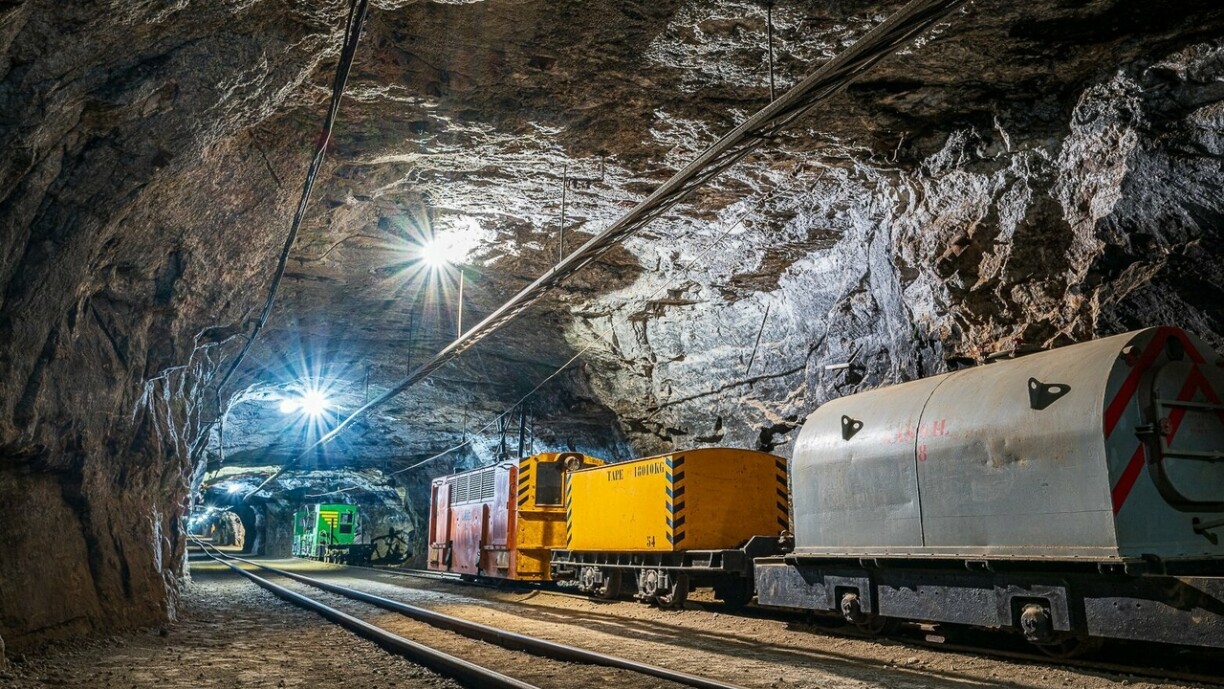
Until 1963, iron ore was still being extracted from the Rumelange mine, which had operated for 65 years. A decade later, in 1973, the site reopened as the National Mining Museum, offering visitors a journey into Luxembourg’s industrial past.
The museum sits on the hilltop at Rumelange, near the French border, on what was once three separate mining concessions. Around 70 miners once worked here, mostly Luxembourgers, French, and Belgians. Today, the site combines heritage and leisure, with tours, a playground and a restaurant.
Visitors descend 90 metres into the mine, where they encounter a cavern known as the cathedral. Local guide Nico Cocard explained that the name comes from the strikingly high dome. He said miners had removed the yellow ore layer and were about to work on the grey layer when the structure suddenly collapsed.
The museum’s guides give vivid insights into the harsh working conditions. Guide Norbert Valmorbida, who has been leading tours for four years, noted that early miners toiled in 12-hour shifts for meagre pay – “an apple and a piece of bread”, he added.
Until 1918, work ran from 6am to 6pm, only later reduced to eight hours. Valmorbida stressed that there were no trade unions, health insurance or accident cover at the time: if a miner fell ill or had an accident, he simply lost his livelihood.
The danger was constant. Valmorbida explained that when blasting was prepared, miners would cry “Gare la mine!” three times to warn others to clear the area. He added that they would then count the number of explosions from a distance, knowing it was unsafe to return if a charge failed to go off.
The guides explained that the museum also caters to children, who can take part in half-tours. These include a demonstration of blasting, the chance to push a cart, strike the ground with a pickaxe, and finally break off a piece of stone to keep as a souvenir.
Historian and volunteer Denis Klein explained that the museum is both a tourist attraction and a custodian of history. Its mission is to conserve 150 years of Luxembourg’s iron mining heritage, presented both in the underground galleries and the museum displays, he said.
Klein explained that from June to August, three tours are organised daily in the afternoons, except Mondays, and can be booked online. Each train carries a maximum of 31 people to ensure a pleasant experience, he said. Special tours are also offered throughout the year. In the mid-season, the mine is open Thursday to Sunday, and during the winter months, tours take place on Sundays.
Currently, 18 volunteer guides and three train drivers support the museum, with tours available in Luxembourgish, German, and French. However, Klein said that demand for English tours is growing, and the museum is looking for more motivated guides to join the team.
Further information is available at www.mnm.lu.